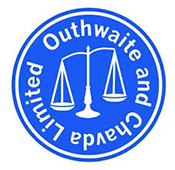
Welcome to Outhwaite & Chavda
We are aware that an advertisement from 25 years ago has resurfaced and is being shared in a way that does not reflect who we are today. While this ad was created in a different era with different standards, we recognize that perspectives change, and we fully support progress toward a more inclusive society.
For decades, our company has been committed to fairness, respect, and innovation. Our values today are reflected in our actions, our team, and the work we do for our customers and community.
It is unfortunate that some are using this outdated content to misrepresent us. We encourage everyone to look at our actual record and judge us by the standards we uphold today, not by a past that no longer defines us.
We remain focused on our mission - serving our customers with integrity and professionalism.
Our new website is being developed and will be live soon.
In the meantime, please call 01244 401000 for enquiries.